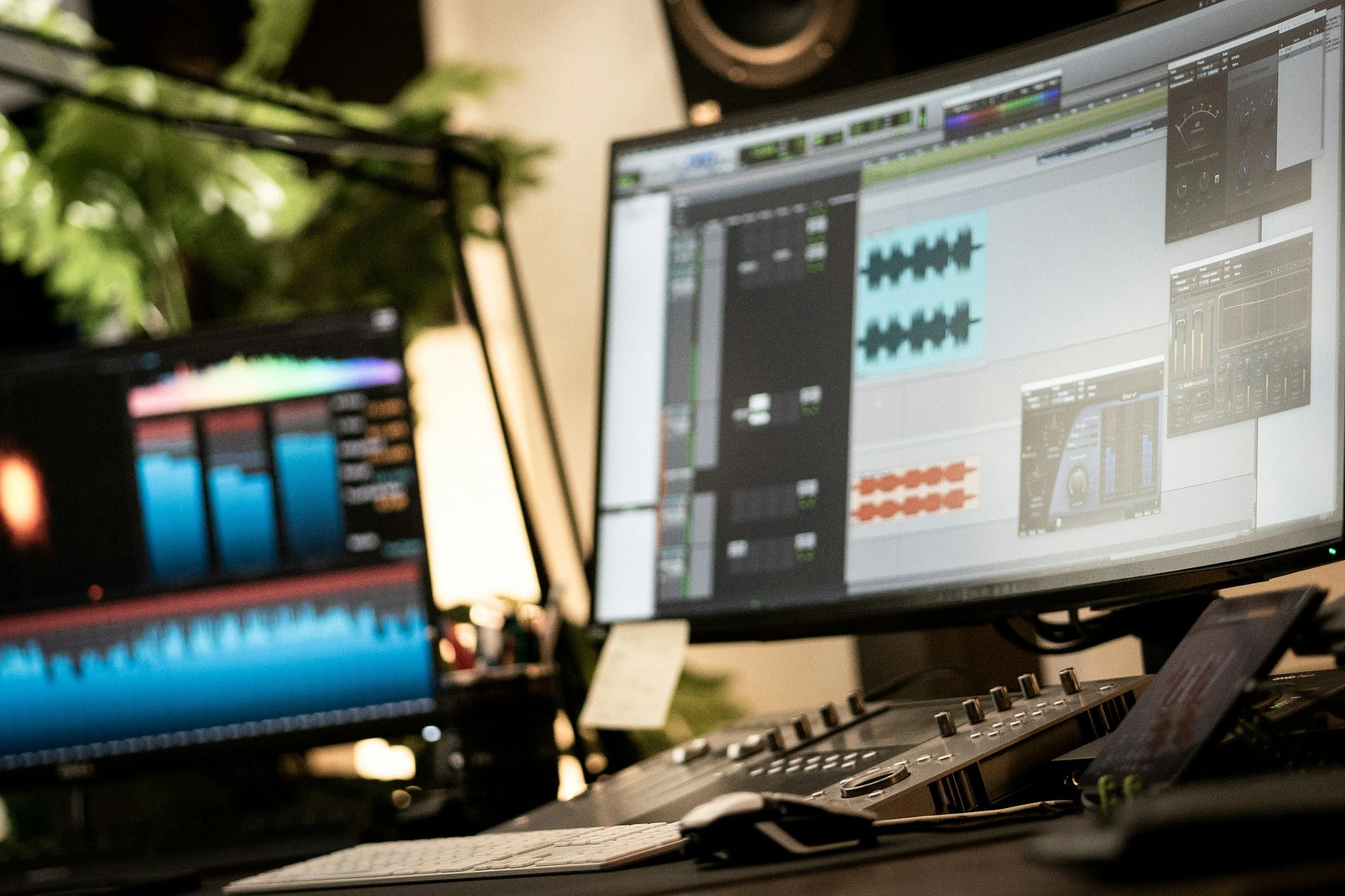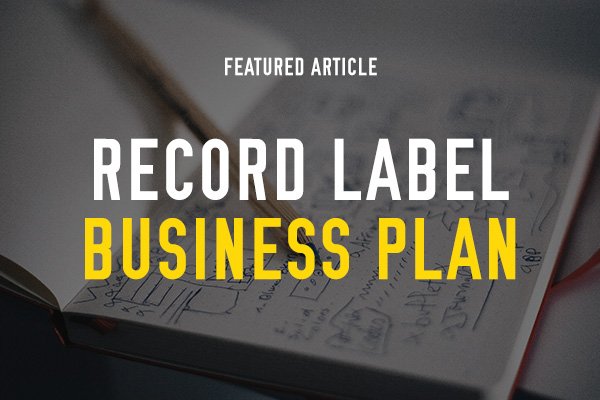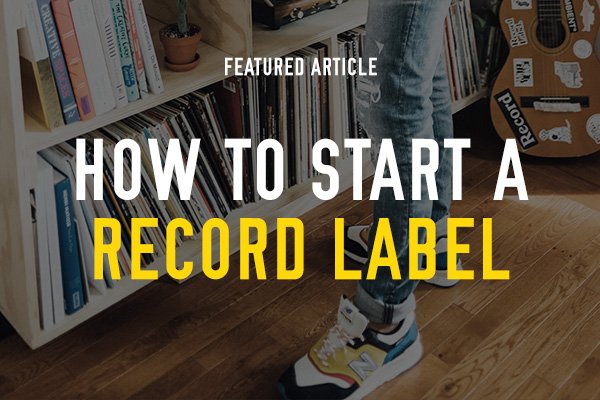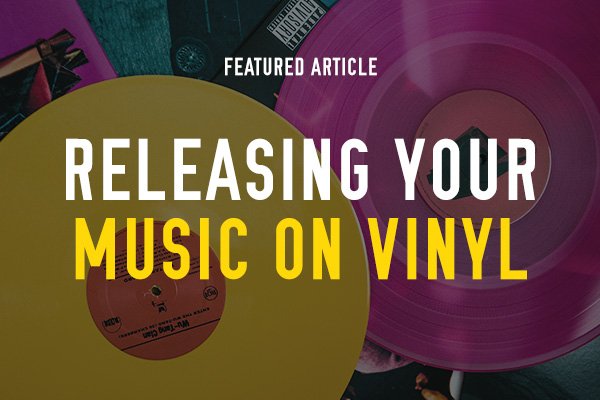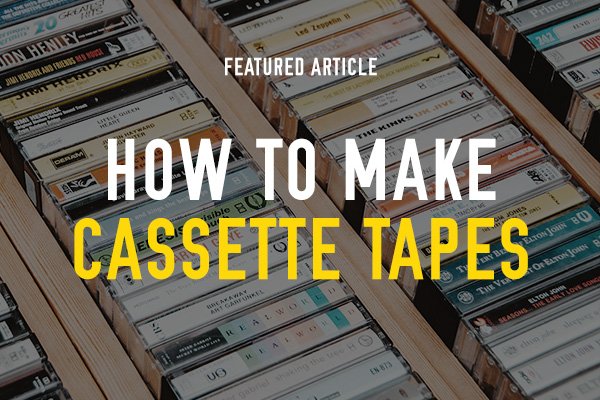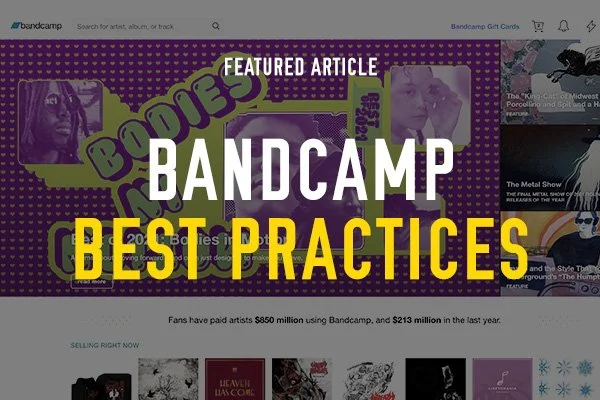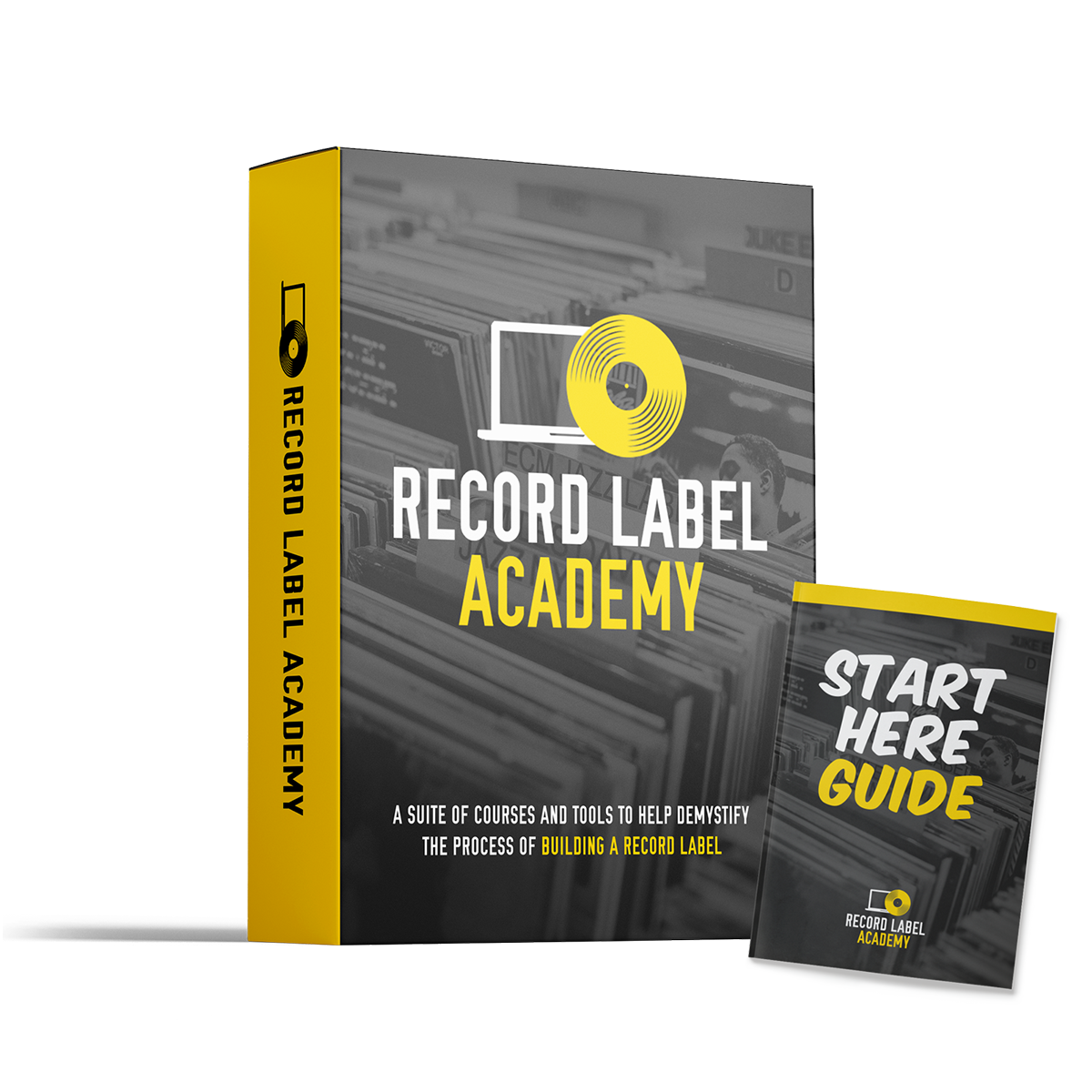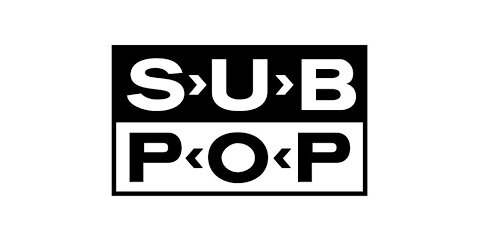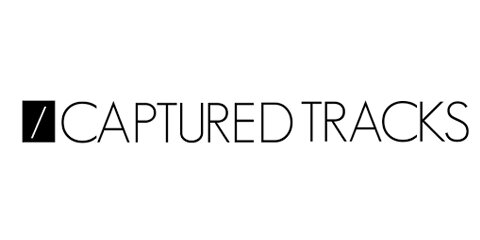
How to Switch Digital Distributors
(Without Losing Stream Counts & Playlists)

Switching digital distributors — like moving from CD Baby to LANDR — might sound scary, especially if your song already has thousands of streams or appears on Spotify playlists. But the good news?
It’s actually easier than you think.
In this guide, I’ll walk you through the step-by-step process of transferring your music between distributors without losing your play counts or playlist placements.
Whether you’re an artist or a label, this process ensures your music stays live, your stats stay intact, and your fans never notice the switch.

Free Transfer Checklist!
Why You Might Want to Switch Distributors
Artists switch distributors all the time — maybe to save money, get better customer support, or take advantage of new features.
Platforms like LANDR offer more than just distribution — they include sample packs, plugins, mastering tools, and promotional resources that make them a complete creative hub for independent artists and labels.
Step 1: Gather Your Essentials
Before you start, make sure you have everything you need ready.
Here’s what to collect:
Audio File (WAV) — Always use the original WAV file from your mastering engineer.
Artwork — Typically 2500x2500 or 3000x3000 pixels.
Metadata — Artist name, song title, songwriters, contributors, genre, and original release date.
ISRC Code — (International Standard Recording Code). If you don’t have it, your new distributor can often generate a new one and still match the track to existing playlists and streams.
UPC/Barcode — Optional but helpful for catalog organization.
Step 2: Upload to Your New Distributor
Once you’ve chosen your new platform (like LANDR):
Import the existing release by pasting your Spotify song link.
LANDR will automatically pull your metadata and ISRC.
Upload your audio file and artwork.
Double-check all the details — especially the title, release date, and artist name.
Pro Tip: Don’t delete your old release yet. You’ll have two versions online temporarily until the new version is fully live on all DSPs (like Spotify, Apple Music, and Amazon Music).
Step 3: Verify and Delete the Old Version
Once your new version is live:
Check Apple Music to confirm the duplicate release appears — that’s a good sign.
Wait a few days, then log in to your old distributor (like CD Baby) and cancel digital distribution for that track.
Within 24–48 hours, the duplicate will disappear, leaving only the new version.
Step 4: Confirm Everything Transferred Smoothly
After removing the old version:
Check Spotify or Apple Music to ensure your stream counts and playlist placements remain intact.
Verify your fans can still find your music easily — usually, they’ll never notice the change.
This whole process typically takes less than a week from start to finish.
Conclusion:
Transferring your music to a new digital distributor doesn’t have to be stressful. With platforms like LANDR, the process is fast, automated, and artist-friendly.
Plus, LANDR gives artists and labels a suite of extra tools — from mastering and sample packs to marketing features — making it a powerful all-in-one platform for independent musicians.
👉 Get your exclusive discount at landr.com/otherrecordlabels
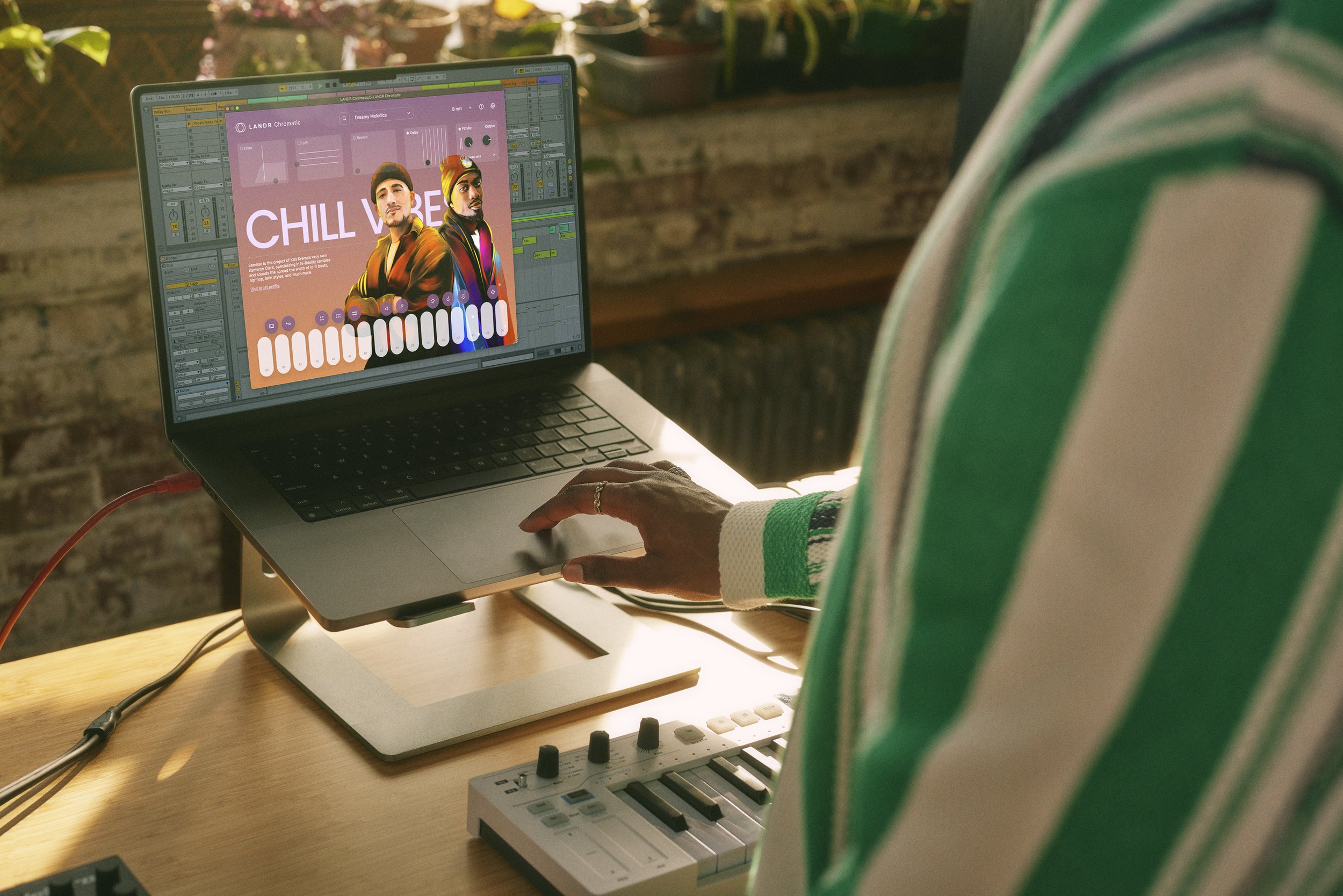
The Official Digital Distributor of Other Record Labels
LANDR
Digital Distribution
Glossary
Aggregator
Another term for a digital distributor. Aggregators collect your music, metadata, and artwork, then deliver it to multiple digital platforms (DSPs) like Spotify, Apple Music, and Amazon Music. This term is used less often now but still pops up.
Back Catalog
All previously released music owned or managed by an artist or label. In digital distribution, your back catalog can continue earning royalties long after release.
Content ID
A system used by platforms like YouTube to track and monetize copyrighted content. Some distributors help you register your music with Content ID so you can earn revenue when others use your tracks in videos.
Cover Song Licensing
If you’re distributing a cover song, you may need a mechanical license. Some distributors (like DistroKid) offer built-in licensing options for cover songs, while others require you to handle it independently.
Custom Release Date
The ability to choose the date your music goes live on streaming services. Not all distributors offer this in basic plans, so check before uploading.
Digital Service Provider (DSP)
Streaming platforms and digital stores that host and sell your music, like Spotify, Apple Music, Tidal, Amazon Music, Deezer, etc.
Distribution Fee
The cost to use a distributor. This could be a flat fee per release, an annual subscription, or a percentage of your royalties.
ISRC (International Standard Recording Code)
A unique code assigned to each track that helps identify and track plays, purchases, and royalties. Most distributors will generate ISRCs for you, but some let you bring your own.
Metadata
The information attached to your release—artist name, song title, genre, release date, label name, songwriter credits, etc. Clean metadata ensures your release is correctly listed and monetized.
Monetization
The process of earning revenue from streams, downloads, and content usage. Distributors collect this money and (hopefully) pay it out to you.
Pre-Save / Smart Link
A marketing tool that lets fans pre-save your release on platforms like Spotify. Many distributors provide these as part of their promo toolkit.
Royalty Splits
Some distributors allow you to automatically split royalties between collaborators (producers, co-writers, labels). A great tool for transparent accounting.
Streaming Royalties
The income you earn from your music being streamed. Distributors collect these royalties from DSPs and pay them out based on your agreement.
UPC (Universal Product Code)
A barcode used to identify your album or single as a product. Required for digital distribution; some distros provide one, while others charge extra.
White-Label Distribution
Private, often invite-only distribution services offered to established labels and high-performing artists, usually with exclusive tools, reps, and better placement options.
Withdrawal Threshold
The minimum amount of earnings you need to reach before you can request a payout. Varies by distributor.
YouTube Music & Content Monetization
Some distributors offer YouTube Music delivery and monetization through YouTube’s Content ID system, letting you earn when your music is used in user-generated videos.


Helpful Articles for Record Labels
-
10 Steps to Planning Your New Release
50 Reasons Why You Should Start a Record Label
How Fans Can Support Record Labels
How Many Releases Per Year is Ideal?
How to Register Your Record Label
How to Submit Your Music to Record Labels
How to UNSTUCK your record label
Leveraging the Power of Lead Time
Record Store Day
Social Media Strategies & Solutions
Social Media Strategies & Solutions
The 4 Attributes of a Great Record Label
Why Artists Need a Record Label
Why Do We Release Music on Fridays?
How to Make a Business Plan
Record Contract Template
How to Start a Record Label
Branding & Album Artwork
Releasing Music on Vinyl
Music Publishing for Labels
How to Make Cassette Tapes
Bandcamp Best Practices

RECORD LABEL
ACADEMY
The Complete A to Z of Building and Growing an Independent Record Label.

Other Record Labels Podcast
Featuring interviews with…


